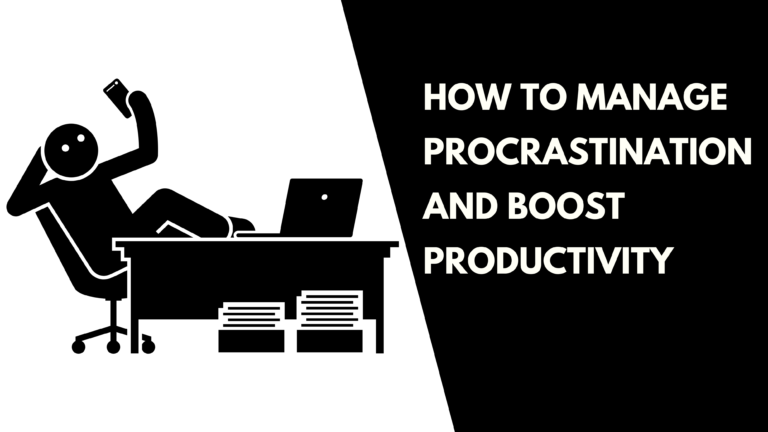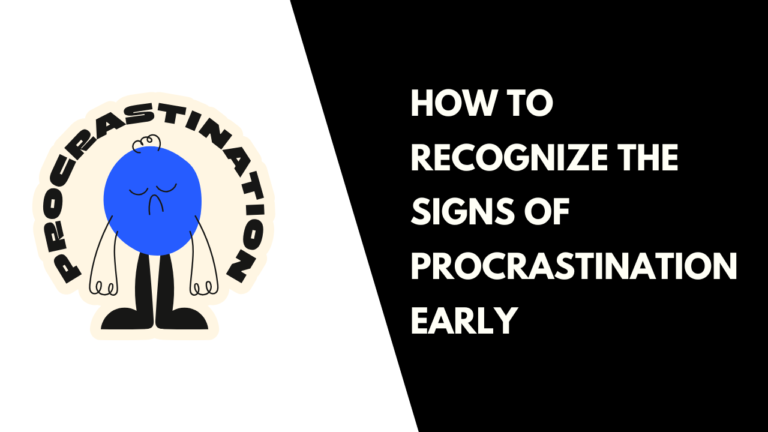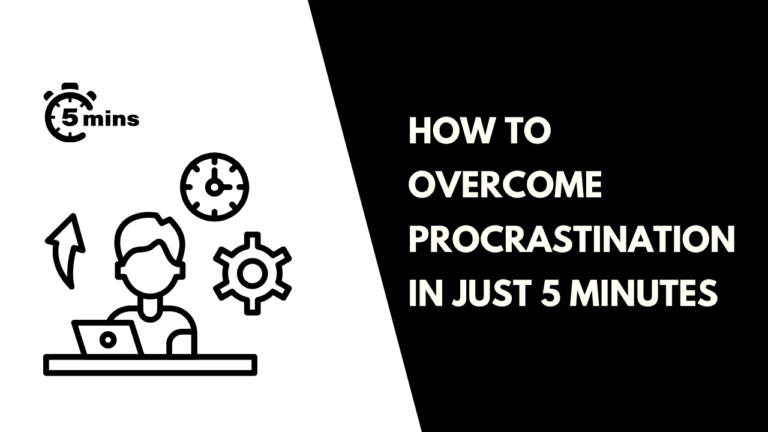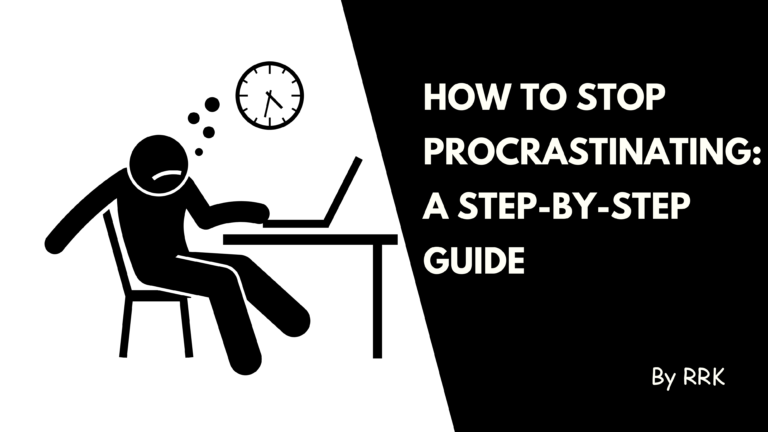How to Tackle Procrastination as a Student
How to Tackle Procrastination as a Student
Procrastination is a challenge that every student faces at some point. Whether it’s delaying an assignment, putting off studying for an exam, or avoiding an important project, procrastination can derail your academic progress. But the good news is that you can stop procrastination with the right strategies and mindset.
Table of Contents
ToggleIn this guide, we’ll break down why students procrastinate, how it impacts academic performance, and, most importantly, how to beat procrastination with actionable strategies and real-life examples.
Why Do Students Procrastinate?
Before learning how to manage procrastination, it’s essential to understand why students tend to delay important tasks. Here are some of the most common reasons:
Lack of Motivation – You may not find the task interesting or rewarding enough to start immediately.
Fear of Failure – Perfectionism and self-doubt can lead to procrastination when you worry about not doing a task perfectly.
Overwhelm – A huge workload can make you feel anxious, causing you to avoid starting the task altogether.
Poor Time Management – Without a clear plan, it’s easy to waste time and delay essential tasks.
Instant Gratification – Social media, video games, and other distractions provide immediate pleasure, making it harder to focus on studying.
The Impact of Procrastination on Students
If you don’t stop procrastination, it can lead to serious academic and personal consequences, including:
Lower grades due to last-minute cramming and rushed assignments.
Increased stress and anxiety as deadlines approach.
Reduced learning retention, as rushing through work leads to poor understanding.
Poor time management habits that can carry over into adulthood and professional life.
Now that we understand why procrastination happens and its negative effects, let’s explore how to tackle procrastination effectively.
Proven Strategies to Beat Procrastination
1. Break Large Tasks into Smaller Steps
A major reason students procrastinate is feeling overwhelmed. Instead of looking at an assignment as a huge task, break it into smaller, manageable parts.
Example: If you have to write a 10-page research paper, break it into smaller tasks:
Research and gather sources
Outline key points
Write an introduction
Draft body paragraphs one by one
Revise and edit
This method makes the task feel less intimidating and easier to tackle step by step.
2. Use the Pomodoro Technique
The Pomodoro Technique is a time management strategy where you focus on a task for 25 minutes, followed by a 5-minute break. This approach helps maintain mental clarity and reduces the risk of burnout.
Example: Instead of trying to study for three hours straight, set a timer and study for 25 minutes, then reward yourself with a short break. Repeat this cycle four times, then take a longer break of 15–30 minutes.
3. Set SMART Goals
To manage procrastination, set Specific, Measurable, Achievable, Relevant, and Time-bound (SMART) goals.
Example: Instead of saying, “I’ll study chemistry today,” say, “I will complete two chapters of chemistry within two hours and summarize key concepts.” This makes your goal clear and trackable.
4. Remove Distractions
Social media, Netflix, and video games are tempting distractions. Identify what pulls you away from studying and create a distraction-free environment.
Example: If your phone is your biggest distraction, put it on airplane mode or use apps like Forest to stay focused.
5. Use the 2-Minute Rule
If a task can be completed in under two minutes, tackle it right away. This helps clear small tasks quickly and builds momentum.
Example: If you need to organize your notes, respond to an email, or make a to-do list, do it right away instead of delaying it.
6. Find an Accountability Partner
Having a study buddy or mentor can push you to stay on track. When someone holds you accountable, you are more likely to stop procrastination and meet deadlines.
Example: Find a classmate or friend and set weekly study goals together. Check in with each other to ensure progress.
7. Reward Yourself
Rewards motivate you to complete tasks. Set up a reward system to encourage progress.
Example: If you finish your homework on time, treat yourself to a movie or a snack. This positive reinforcement makes it easier to develop good habits.
8. Change Your Environment
Sometimes, a change of study space can boost productivity.
Example: If you find it hard to concentrate in your dorm room, try studying in a library or a quiet café.
9. Visualize Success
Picture yourself completing a task successfully and enjoying the benefits.
Example: If you struggle to start an assignment, imagine how good it will feel once it’s done and you have free time to relax.
10. Learn to Manage Stress
Stress and anxiety often lead to procrastination. Practice mindfulness, deep breathing, or light exercise to stay calm and focused.
Example: Before a big exam, try meditation or a short walk to clear your mind before studying.
Real-Life Example of Overcoming Procrastination
Meet Rahul, a college student who struggled with procrastination. He always waited until the last minute to study for exams and often pulled all-nighters. His grades suffered, and he felt constantly stressed.
One day, he decided to change his habits by applying the following steps:
He broke his study sessions into smaller chunks and used the Pomodoro Technique.
He removed distractions by studying in the library.
He set SMART goals, like finishing one chapter per day.
He found a study partner who helped keep him accountable.
He rewarded himself with a gaming session after completing his tasks.
Within a month, Rahul saw a significant improvement in his grades and stress levels. His experience shows that any student can beat procrastination with the right mindset and strategies.
Conclusion
Procrastination is a common problem, but it is not unbeatable. By understanding the root causes and applying practical strategies like breaking tasks into smaller steps, using time management techniques, and creating a distraction-free environment, students can manage procrastination effectively.
The key to success is consistency. Start applying these techniques today, and soon you’ll develop productive habits that will help you excel academically and beyond.
So, which strategy will you try first to stop procrastination? Let me know in the comments!
“Stop postponing your dreams! From Delay to Done is your ultimate guide to conquering procrastination. Grab your copy today on Amazon!







